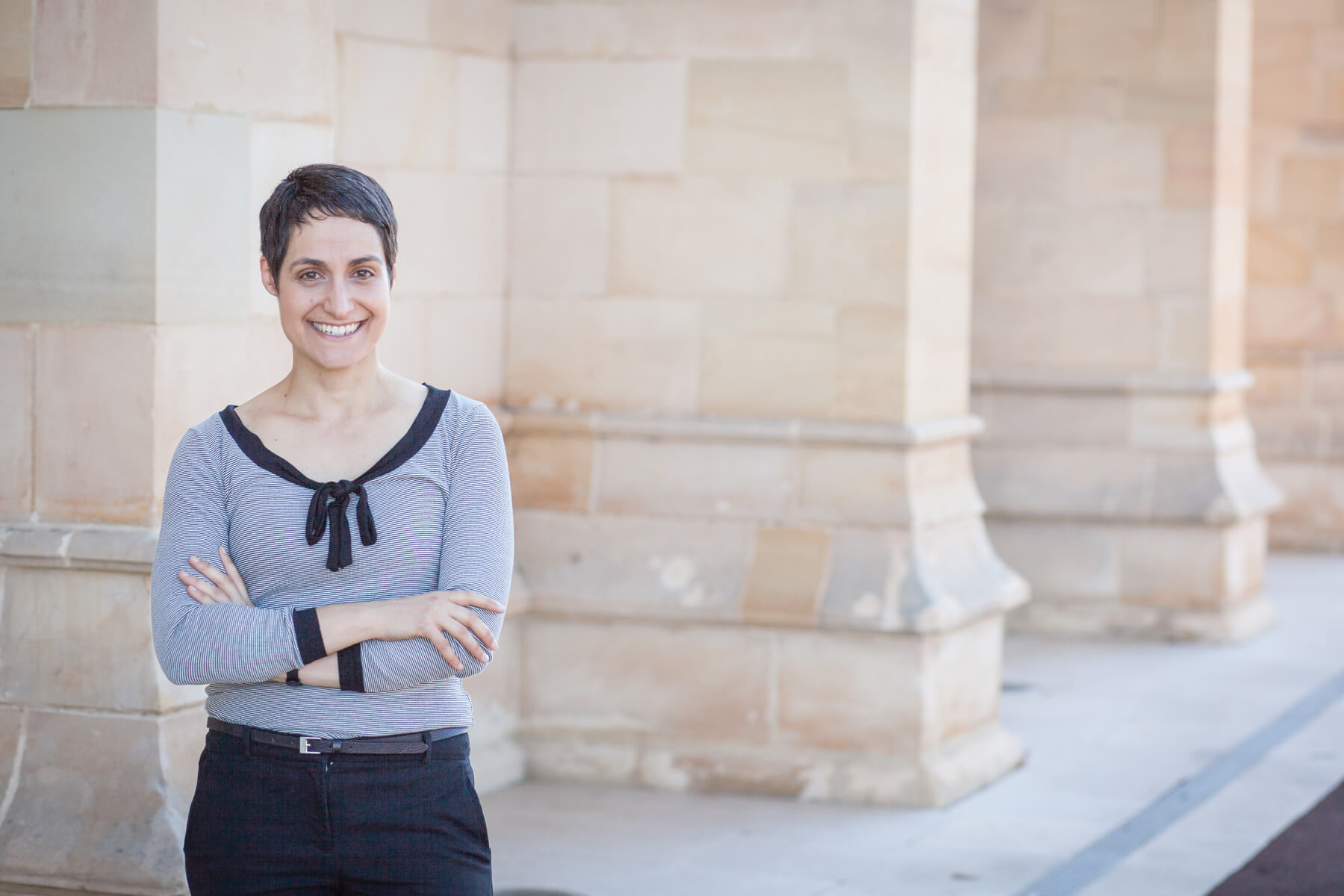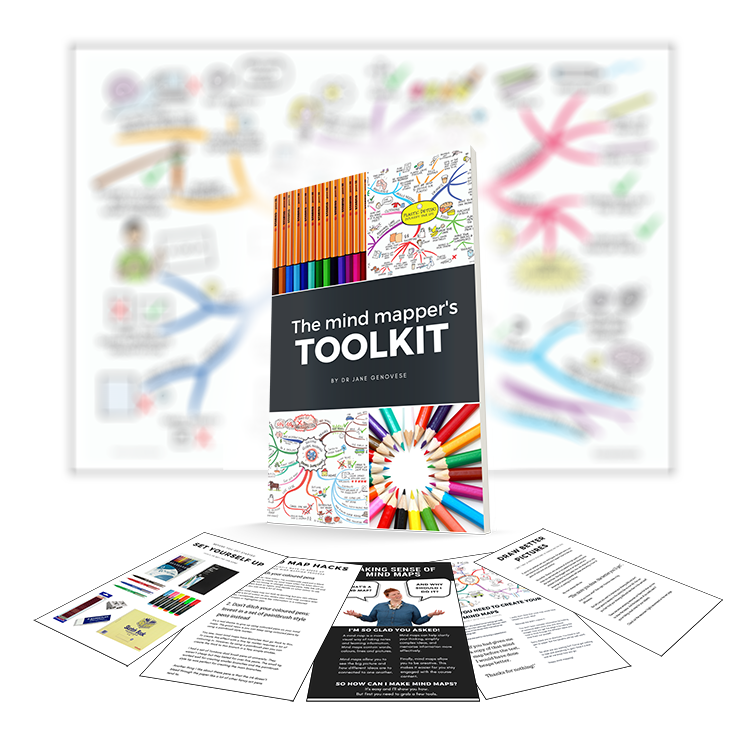What can we do for you?
Presentations
The presentations Jane delivers are based on a combination of the best research and personal experience (particularly her years studying law and psychology and completing a PhD).
Mind Maps
Jane has created dozens of mind maps on a range of topics (e.g., strengthening self control, organising your workspace and combating climate change). Download her free Mind Mappers Toolkit and start creating your own mind maps today!
Books
Tired of reading dry, text heavy study skills books? Jane has created several easy to read study guides and resources, including the study skills comic ‘Smart Study: How to Study Less and Get More’.
What people are saying
“Thanks so much for the work that you did with our Year 11 ATAR students. They were thoroughly engaged and you even fired up one of the relief teachers who was supervising the session! She really enjoyed the session and thought that you were very engaging.”
“It was great to hear how many students went home and spoke to their parents about your presentation. I’ve also received fabulous feedback from our staff – yours really is the best Study Skills presentation I have seen!”
“It was so good to have you in. I was lucky to have my Year 12 class this arvo. At the very end of the class I asked them what they thought. They said that it was the best study session they have ever had. A couple showed me their A3 mind maps they had created since the talk. One girl did an awesome mind map where she collated your information from today and highlighted strategies she currently used and identified all the new tools she can try.”
“Thanks so much for coming to Mandurah Baptist College on Friday morning the 18th of March and talking to our Year 10s. I certainly benefitted from the strategies you’ve outlined and saw ways in which I could apply these to my own classes. I know the kids got a lot out of it too.
You made it fun and engaging and that’s exactly what they needed!”
“I’m one of the St Mary’s girls you visited today and I’m writing to thank you for speaking to us. I found everything you said so relatable and it definitely gave me motivation and ideas of better ways to approach study. I’ve even gone away and made a mind map summarising the points you spoke about!
I really enjoyed it, thanks again!”
“I’m a year ten student at Corpus Christi Collage and today you visited us and spoke about studying and the techniques. We have had many guest speakers discussing this topic but none were as helpful as you. For once I was fully focused and interested in your presentation, everyone was. I’m really grateful for the awesome tips you gave us and I’ve already put some of them into action, bookmarked your website and liked your page on Facebook. So I just wanted to say a huge thank you and a congratulations on actually making a difference in the way teenagers study today.”
Why Learning Fundamentals?
Authenticity
Jane shares her own lived experience with students. She doesn’t present from a script created by someone else.
Integrity
Jane walks the talk and uses the practical strategies she shares with students on a daily basis.
Engaging & Interactive
Having worked with thousands of high school students for the past ten years, Jane understands how to effectively engage students and keep their attention.
Values-Based Education
Jane aligns her presentations and resources with the school’s values.
Evidence-Based
The study strategies Jane shares with students are based on empirical research.
Download your FREE copy of
The Mind Mappers Toolkit
High School Presentations
Study Hacks
There is a science to learning information well. In this session students will learn active study techniques and strategies to help them take visual notes, get organised, develop better focus, and stop the multitasking madness.
Year 11 Transitions
Discover how to make the transition from year 10 to year 11 as smooth as possible. Topics covered include: developing a positive mindset, dealing with distractions, study strategies, looking after your mind and body and staying motivated
Procrastination Buster
“I’ll start tomorrow”. Sound familiar? Why not start today? Learn how to identity your own procrastination patterns, find out what might be behind them, and motivate yourself at any time to get your work done.
What’s on the blog?
Developing a mind mapping practice

Many people find it hard to sit down and start mind mapping.
When you start using this strategy, it can feel clunky and awkward. It requires some mental effort to get going.
Why can it feel hard to start mind mapping?
Because it isn’t a habit (not yet, anyway). But once mind mapping […]
How to master using a treadmill desk

Have you ever purchased a piece of exercise equipment or an appliance only to have it sit in its packaging for months, maybe even years, going unused?
Years ago, I was gifted a treadmill.
Within days of receiving this treadmill, I had converted it into a walking desk. I was super excited by […]
How to succeed in any exam

The way you succeed in an exam is the same way you succeed in a driving test.
You need to practice. And practice in a particular way.
If you’re preparing for a driving test, you can’t just study the Drive Safe Handbook (i.e., the theory and road rules).
You need to get behind the wheel of a car and drive.
Yes, it can feel uncomfortable and scary to begin with. But you’ll only […]



